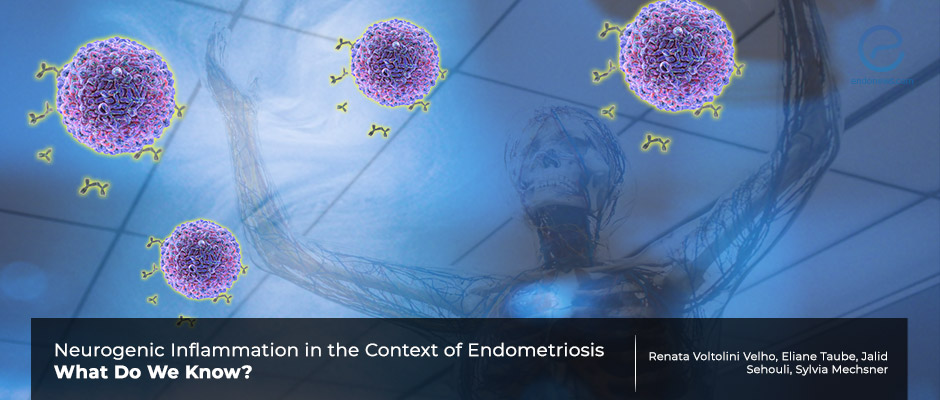Full understanding the role of nervous system in endometriosis could yield new gateways to novel therapeutic approaches
Mar 8, 2022
After 160 years following the first description of endometriosis the importance of nervous system has gained importance
Key Points
Highlights:
- Endometriosis was first described 160 years ago, but many aspects and pathogenesis still remain uncertain.
- Current scientific evidence suggests that the peripheral nervous system has an important role in endometriosis.
Importance:
- Understanding the role of the peripheral nervous system and its interactions with immune cells in endometriosis could result in new therapeutic gateways.
What's done here:
- This is a comprehensive review emphasizing the roles of peripheral nerves in the pathophysiology of endometriotic lesions.
Key results:
- Both peripheral and central nervous systems are closely involved in the pathogenesis and symptoms of endometriosis.
- This suggests personalized treatment approaches for endometriosis patients.
- Molecular targets for new therapeutic approaches improving the quality of life in affected women could be revealed by understanding these pathogenetic mechanisms.
Lay Summary
Dr. Velho and associates from Berlin, Germany have recently published their comprehensive review on the role of the nervous system in endometriosis in a recent issue of “International Journal of Molecular Sciences”.
Understanding the role of the peripheral nervous system and its interactions with immune cells will reveal novel pathways and targets in endometriosis that could yield new therapeutic gateways. An increase in the levels of cytokines, chemokines, growth factors, and immune cells enhances the inflammatory environment present in the peritoneal cavity of women with endometriosis.
Among the inflammatory mediators, prostaglandin E2, tumor necrosis factor-α, nerve growth factor, T-cell-specific RANTES protein (CCL5), and interleukins also stimulate sensory nerve endings, activating positive feedback loops, further enhancing proinflammatory chemical production. This activating mechanism of peripheral nerve endings in the peritoneum increases the painful stimuli, resulting in chronic pelvic pain.
Elevated expression and activation of nociceptors and neuropeptides, other pro-inflammatory chemicals, and cytokines also yield clues for the presence of neuroinflammatory processes present in the central nervous system. Peritoneal endometriosis foci lead to the release of neurotrophic substances into the peritoneal fluid, where estrogen is significantly increased, and also nerve growth factor, neurotrophin 3 detected.
Even though the pathophysiology of endometriosis is not completely understood yet, the immune system plays a key role and the peripheral and central nervous systems are intimately involved both in pathogenesis and symptoms.
Innervation network of sensory and autonomic fibers in peripheral tissues and neural transduction results in rapid local and systemic neurogenic modulation of immunity. Peripheral neurons also seem to play a significant role in immune dysfunction. This in effect suggests a personalized treatment approach for each endometriosis patient. By identifying molecular targets for new therapeutic approaches to improve the quality of life of affected women, a contemporary treatment approach could be possible.
Research Source: https://pubmed.ncbi.nlm.nih.gov/34884907
endometriosis nervous sytem immune cells pathogenesis pathophysiology theraupetics

